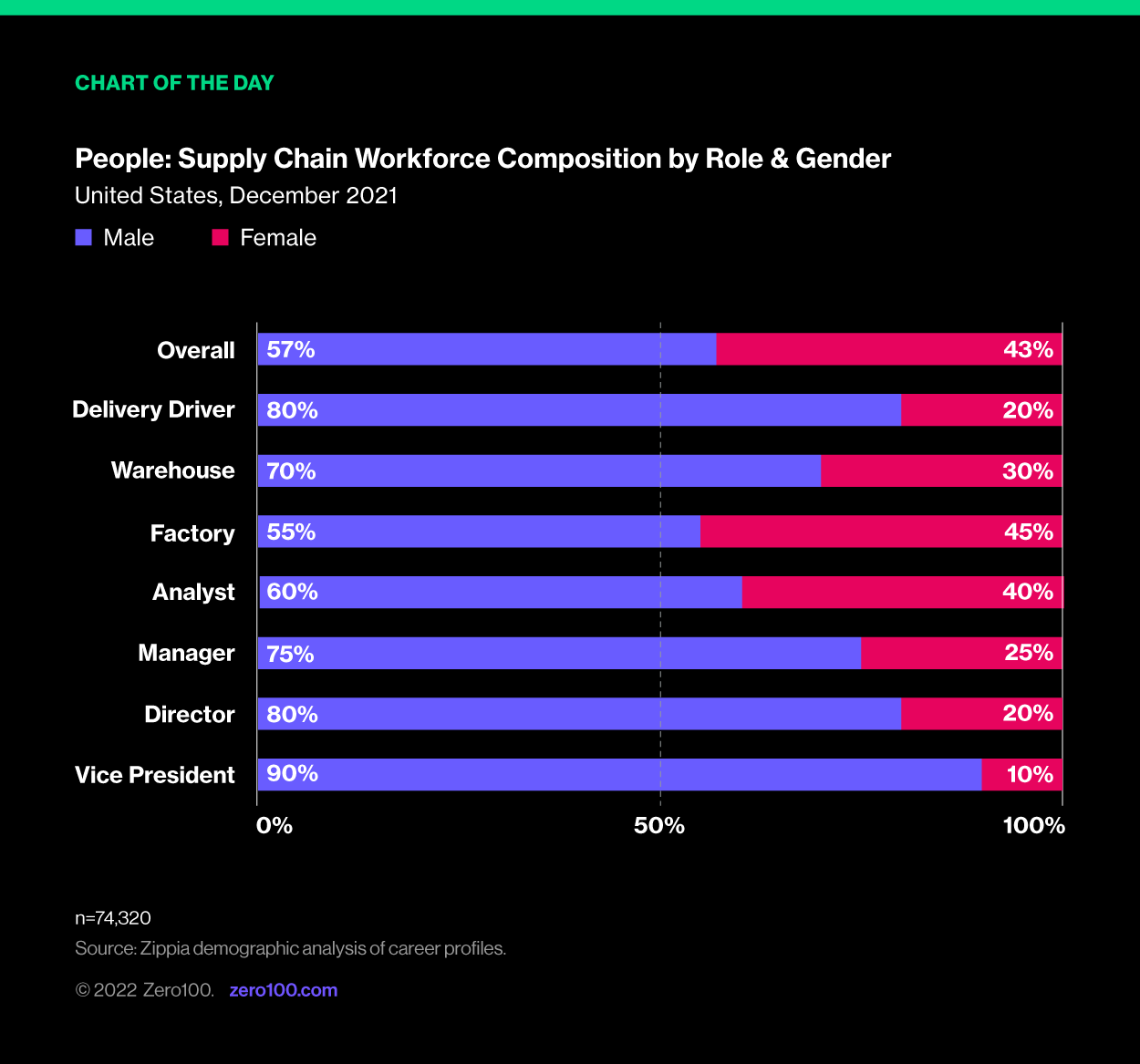
Always Ask a Man?
Including women in decision making and leadership positions results in better performance for an organization – even for achieving carbon goals. Reflecting on Women’s History Month, we explore the gender pay gap and how to address it.
It's a Man's World
In 1965, Arlene Dahl's book Always Ask a Man was published with the perspective that she lives in a man's world, so why fight it? She gave advice to women about how to deal with and manage men (and included beauty and fitness tips).
This book came as two trends converged: the second wave of feminism and the convenience economy. TV dinners launched and gained popularity. (TV dinners were created, it turns out, as the result of an over-forecasting supply chain challenge when Swanson ended up with 260 tons of extra turkeys after Thanksgiving and PanAm Airways were refining their compartmentalized aluminum trays.)
And while the “convenience” living like TV dinners contributed to the increasing waste produced per capita (which doubled between 1960 and 2020), it also allowed women to get out of the kitchen and spend more time out of the house – and in the office. In 1960, women made 60% compared to their male peers.
But for Better Performance, Ask a Woman
As we reflect on Women's History Month, this may sound like a story you've heard many times before. Including more women in decision making, leadership and board positions results in better performance for an organization. We've seen study after study – and many have been highlighted this month.
This week we see the results of a new type of study that looks at gender diversity in the world's largest 1,000 companies and how those companies perform against their targets to tackle global warming. It should come as no surprise that more women on the board translates into better performance on climate goals.
If this is all so clear, what's the hang up? Only 8% of Fortune 500 CEOs are women. In the last 5 years, it's improved a whopping 1.6% (or an improvement from 32 to 40 women total). In some markets, there are more male CEOs with the same name than there are female CEOs, total – spurring social media campaigns.
Is it the Experience?
Researchers analyzed 40,000 conference calls and found men were nearly 10% more aggressive toward women than toward men across four categories. The categories include implying that women's answers were found to be insufficient, using preface statements, self-referential phrases, and aggressions such as opening questions with “isn't it” and “aren't you.”
And while this aggressive behavior is happening towards women, they are paid less – 82% of what men make in the US, and the pay gap increases for BIPOC women. The pay gap improves for supply chain where women earn 93% of what men make in similar roles.
In an interesting shift, this pay gap seems to disappear – and even reverse – for Gen Z. My native Wenatchee, WA (population 34,000) is showcased in this Pew Research study as topping the reverse pay gap list, where 16–29-year-old women make 120% when compare to male peers. (If asked, I'd have lost the bet on this stat.)
Paving a Path to Better Performance
The goal here is reachable. Getting to 25% women on a company board seems to be enough for “critical mass” to positively impact company performance. The steps to get there may be basic, but the nuance is in the detail behind the steps.
Hire women. Women only apply for jobs that they are qualified for – 100% qualified. As in, matching every single bullet point in the job description. For men? At a 60% match, they apply. Encourage women to apply by adding language to your job descriptions, like National Geographic does with wording such as:
“We encourage you to apply even if your experience is not a 100% match with the position. We are looking for someone with relevant skills and experience, not a checklist that exactly matches the job description. We want to help you grow and in return, you help us grow into a stronger, more inclusive organization.”
Pay women. Women don't negotiate in the same way men do, and sometimes they don't negotiate at all – 60% of women have never negotiated their salary. Combat this with transparency around compensation bands.
Promote women. Generally, women speak in “we” sentences (such as “we achieved 15% cost savings”) while men speak in “I” sentences (“I saved 5 days from the lead time”). Pay attention to this language difference when determining individual contributions that qualify employees for promotion.
Include women. Be an advocate for women on your team. Tactically, this can look like re-interrupting their interrupter. (Women are statistically interrupted twice as often as men are.) Stop the conversation with a sentence such as “Maya is speaking now.” Stop defaulting to asking women on the team to take the meeting notes – start asking men, or have a computer do it. Check if your office swag is available in sizes that women want to wear. Ask the women in your teams what support they need.
Women Hold Up Half the Sky
Solving for big challenges – like getting to zero percent carbon supply chains – will take all hands on deck. We know including women at the highest level of our organizations will lead to better performance. The next step is to offer half the seats at the table so we can get there together.

Critical Reading
GREENBIZ
Supply Chain Data Gets Granular
Commentary: Excellent summary of tools and key players tackling the need for a unified system of carbon accounting, especially for industries with the largest source of Scope-3 emissions – specifically, Pharma, CPG, and Auto.
#Carbon #Scope3 #SmartStartups
APPLE INSIDER
Apple Announces 50 Million Education Initiative for Supply Chain Workers
Commentary: In tandem with its 16th annual “People and Environment in Our Supply Chain Report,” Apple launched a Supplier Employee Development Fund, in which it expects 100,000 supplier employees to participate.
#Apple #Talent #Development
QUARTZ
Russia Could Disrupt a US-Europe Rare Earths Supply Chain
Commentary: Nuanced exploration of expanded fallout from the Ukraine crisis, specifically the immediate setback to the EU policy of reducing their reliance on China for rare earth elements for battery production and clean energy technology.
#REE #Russia #China